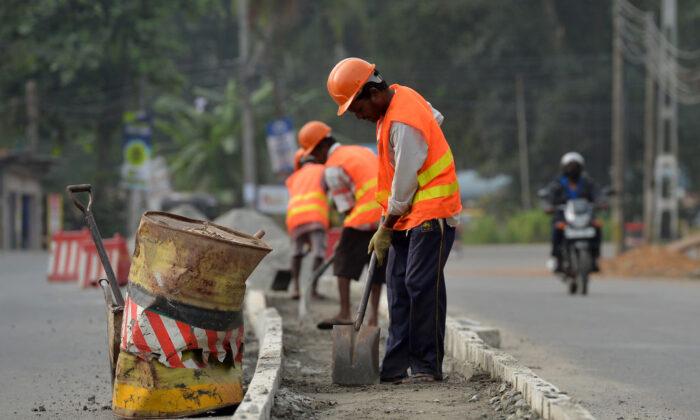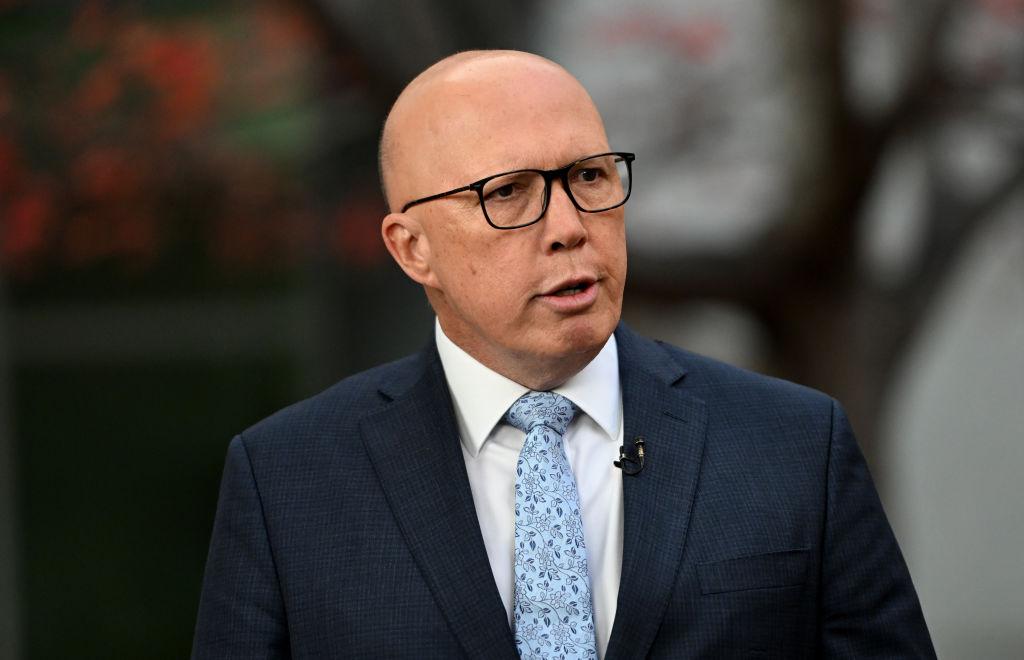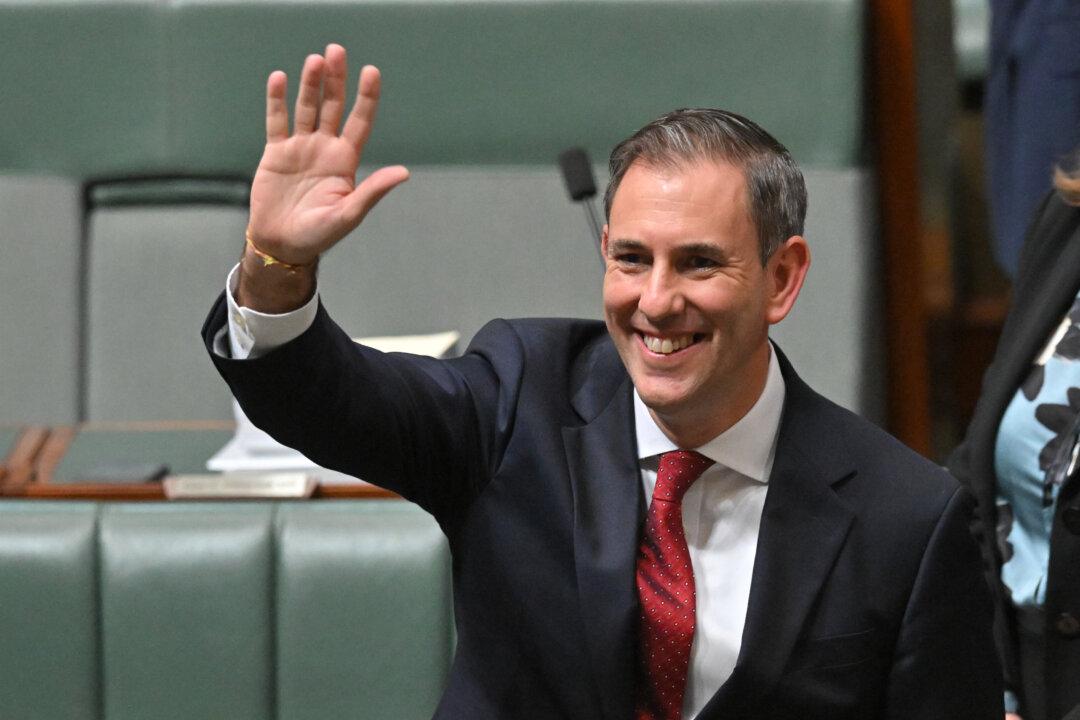Initially proclaimed as the economic marvel that would create massive global infrastructure and growth, the Belt and Road Initiative (BRI) has encountered significant problems in recent years that have created doubt over its impact.
The BRI was launched by Chinese leader Xi Jinping in 2013 when he pushed for a “Silk Road Economic Belt,” in a speech at a university in Kazakhstan.
At first a rather vague concept, the idea was rebranded. It involved two aspects, an overland Silk Road Economic Belt and a Maritime Silk Road which Xi announced at the 2013 ASEAN summit in Indonesia.
The name derives from the Han Dynasty’s original westward trade networks connecting Central Asia, now the so-called “stan nations” to China.
Xi’s proposal subsequently expanded into plans for a vast infrastructure network linking China westwards and southwards.
Although some 147 nations have signed onto the scheme—or have indicated an interest in doing so—the focus of the major projects has been the US$62 billion China-Pakistan Economic Corridor, a significant part of an estimated total expenditure of over US$1 trillion on global infrastructure.
Pakistan has become a salutary lesson for other nations relying on Chinese funds.
The news agency Bloomberg has reported that the Pakistani government will ask China for debt relief on the projects in which it has invested. Between 2018 and 2020, Pakistan added $17 billion to its external debt, totalling $113 billion last year.
This indebtedness is in addition to a $6 billion International Monetary Fund bailout program, the 13th such program to prop up the national economy.
Hit by COVID-19, the Pakistani economy has crashed, its debt has grown, and inflation continues to soar.

A U.S. State Department spokesperson said Washington remained “concerned that some CPEC projects lack transparency and impose unsustainable levels of debt on Pakistan, with Chinese state-owned enterprises benefitting disproportionately.”
Pakistan has become beholden to the CCP regime as a consequence of both the BRI and other assistance.
It is not alone.
Throwing Money Around With Little Oversight
Concerns have long floated over the real value of BRI and other Chinese investments. The employment of Chinese workers rather than locals, poor construction, and resulting indebtedness to China have been cited on numerous occasions.There is also evidence that the central regime in Beijing has little knowledge or control over many projects funded by Chinese companies and state-owned enterprises, creating more risk in uncertain economic circumstances.
Where BRI projects have been completed, Chinese companies have been the major beneficiaries, as the residents of Duisburg, Germany discovered after the China Railway Express line opened.

This is more than four times the $17 billion in renegotiations and write-offs recorded by the Rhodium Group in the three years from 2017 to the end of 2019.
Total BRI lending is estimated to be in the realm of $1 trillion.
China has also extended “rescue loans” to many BRI partners. A recent study by researchers at the William and Mary University AidData Lab shows that China has created a new global system for cross-border rescue lending to countries in distress.
They found that the People’s Bank of China’s (PBOC) global swap line network has been heavily used as a financial rescue mechanism, with more than $170 billion in emergency liquidity support to crisis countries.
In addition, they document that Chinese state-owned banks and enterprises have extended an additional $70 billion in rescue loans for balance of payments support.
More Wariness of Beijing’s Inducements
However, China’s rescue loans differ from those of established international lenders of last resort in that they firstly, are opaque, secondly, have relatively high-interest rates, and thirdly, are almost exclusively targeted to debtors of the BRI.The CCP’s ability to continue its program is being challenged significantly. Slower domestic economic growth is a major brake on global programs.
An $8 trillion local government debt, estimated to amount to more than 40 percent of GDP, and the move to remove China’s developing nation status which allows it to borrow from the IMF at cheaper rates are impacting Xi’s plans.
Xi’s tendency to place ideology over sound economics has also jeopardised aspects of the initiative. His ambition for Asian regional hegemony continues to drive the BRI, serving both a strategic and economic purpose.
With the CCP’s ideological guru, Wang Huning, who is said to be the originator of the BRI, now part of the inner sanctum, the two strands of the initiative will continue to be pushed.
Like all aspects of the CCP’s activities, the BRI is a critical factor in Beijing’s strategic reach. Many nations are becoming increasingly wary of the risks involved in CCP offers—10 Pacific Island nations, for example, didn’t sign up for Beijing’s “Common Development Vision” last year.
The developments in Pakistan and elsewhere will give more leaders reason to pause before accepting the CCP’s inducements.





